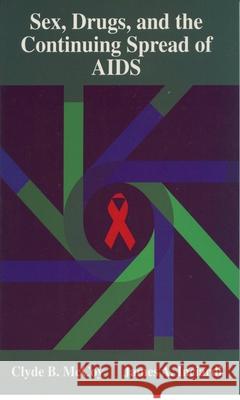Sex, Drugs, and the Continuing Spread of AIDS » książka
Sex, Drugs, and the Continuing Spread of AIDS
ISBN-13: 9780195329704 / Angielski / Miękka / 1995 / 182 str.
The book covers the nature and origins of AIDS, its social dimensions and impact on people and institutions, and alternatives for reducing the continuing spread of the disease. McCoy and Inciardi offer a breadth of perspectives on important issues from a wide array of sources--without pitting these viewpoints against each other. The chapters largely follow the chronology of the AIDS epidemic.
Written in plain English, the book's direct, illustrative style bridges the gap between scholarly literature and the literate lay reader with a tasteful synthesis of information, research, and themes in popular culture. It brings students directly to grips with the AIDS epidemic, illustrating that AIDS is not "someone else's problem." One of the book's strengths is that it not only presents material but actively helps the student make sense of it.
Sex, Drugs, and the Continuing Spread of AIDS offers an alternative to existing books, many of which are edited collections. It covers previously ignored topics and includes original field research.
In the United States, men who have sex with men and injection drug users represent the vast majority of individuals with AIDS, while other members of the HIV/AIDS caseload reflect relatively small numbers. However, the heterosexual spread of HIV in the U.S. is increasing, particularly in those cities and communities where rates of injection drug use are high.
Elsewhere in the world, especially in developing nations, heterosexual spread is the major route of transmission. At issue is the extent to which heterosexual transmission has an impact on the general spread of AIDS. During the past decade, there have been conflicting arguments in this regard. Sex, Drugs, and the Continuing Spread of AIDS addresses this ongoing debate.











